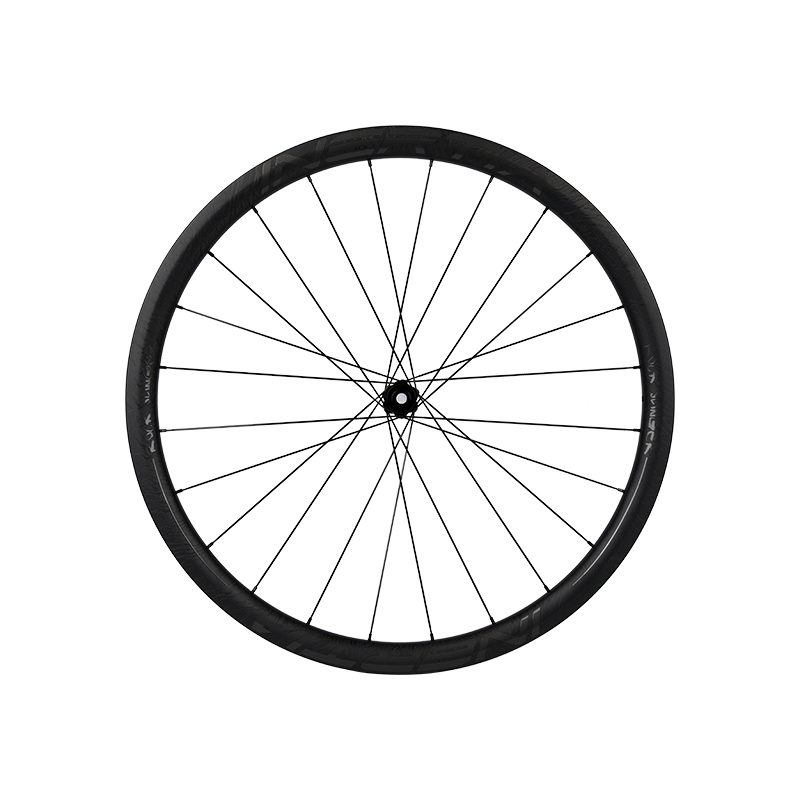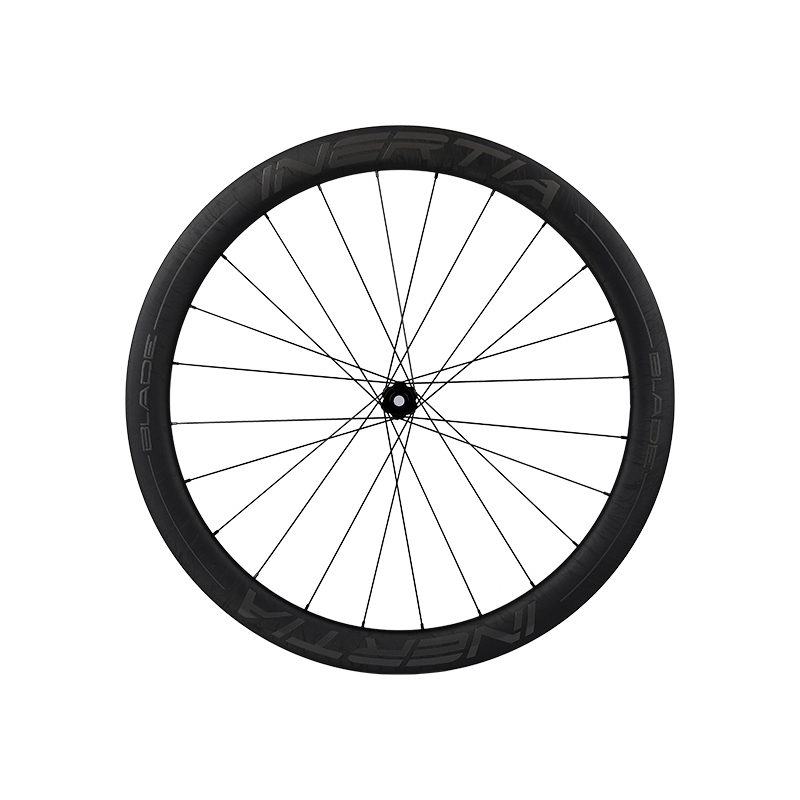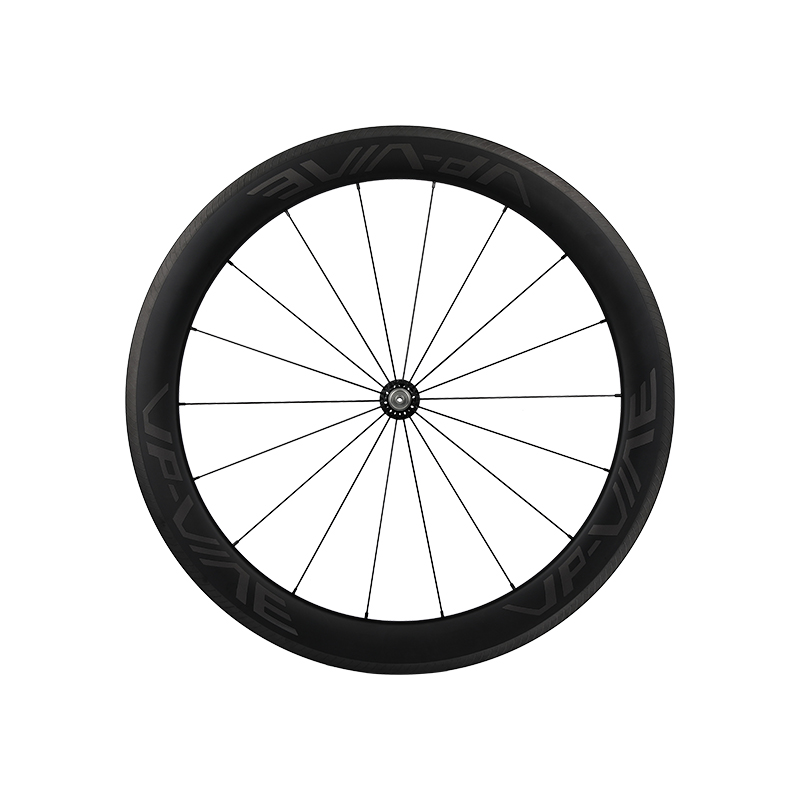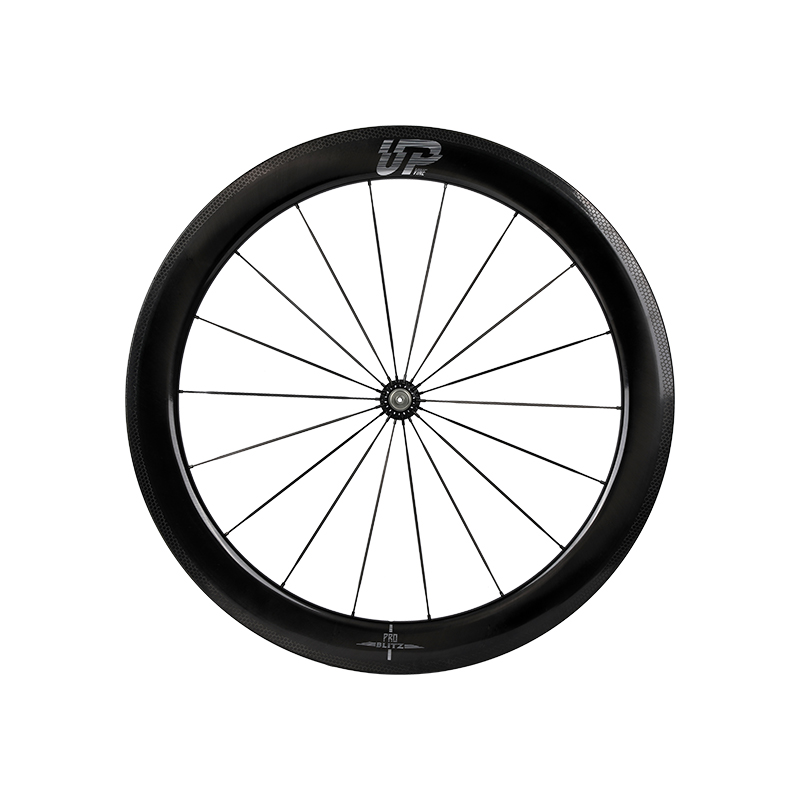Converting an existing wheel set to tubeless is indeed possible and can be a cost-effective way to experience the benefits of tubeless tires.
Check compatibility: Ensure that your existing rims are tubeless-ready or can be converted to tubeless. Most modern rims are designed to be compatible, but it's always a good idea to double-check.
Gather necessary materials: You'll need tubeless-compatible tires, tubeless rim tape, tubeless valve stems, and sealant. Additionally, you might need a tubeless tire lever and a high-pressure floor pump or air compressor.
Remove existing tires and tubes: Take off the tires and inner tubes from your wheel set. Clean the rims thoroughly to remove any dirt, debris, or adhesive residue.
Apply tubeless rim tape: Wrap the tubeless rim tape tightly around the rim bed, ensuring full coverage with no gaps or overlaps. The tape creates an airtight seal, preventing air from escaping through spoke holes.


Install tubeless valve stems: Insert tubeless valve stems into the valve holes on the rim. Tighten the locknut securely to ensure a proper seal.
Mount tubeless tires: Mount the tubeless tires onto the rims using tire levers if necessary. Ensure that the tire beads are seated evenly and securely on the rim.
Add sealant: Remove the valve core from the valve stem and pour the recommended amount of sealant into the tire. Reinstall the valve core and inflate the tire to the recommended pressure.
Check for leaks and seat the bead: Inflate the tire to a higher pressure than normal and listen for any air leaks. Shake the wheel to distribute the sealant and help seat the tire bead against the rim. Repeat if necessary until the tire bead is fully seated and no leaks are present.
Final adjustments: Adjust tire pressure to your desired level and check for proper alignment and seating of the tire bead. Spin the wheel to ensure smooth rotation without any wobbles or hops.
Test ride: Take your bike for a short test ride to confirm that the wheel set to tubeless setup is working properly. Pay attention to handling, ride quality, and any signs of air loss.



 Español
Español













